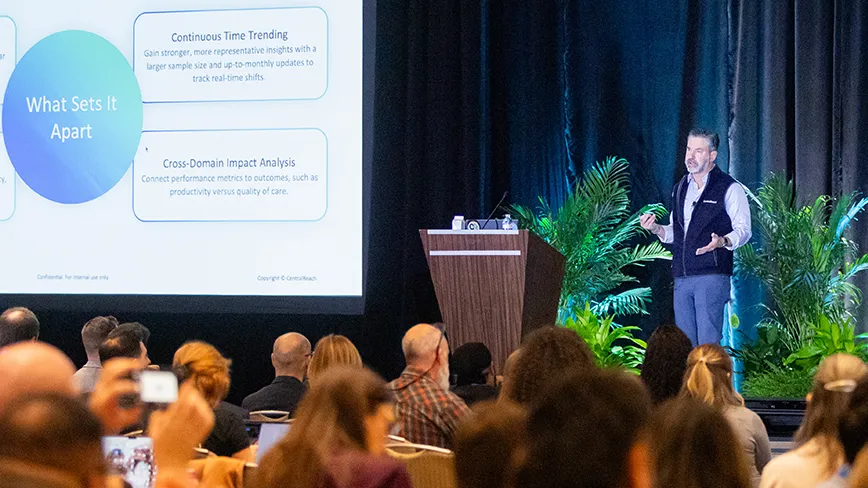Roughly 15% of public school children require special education services to support their individualized learning needs. Special education teachers are vital for the long-term success of these students. However, attrition among special educators is on the rise, causing substantial concerns regarding equitable learning opportunities for students with disabilities. Identifying contributing factors and developing strategies to reduce attrition is crucial.
Factors associated with attrition in special education
Many factors contribute to increased attrition in special education teachers and paraprofessionals. Some of the commonly cited factors include:
1. Experience. Teachers in their first few years in the classroom are most likely to leave the field. Research has found nearly 44% of educators leave the field within their first five years (Ingersoll et al., 2018). This highlights significant concerns for the future of education and the need for more support in the early years of an educator’s career.
2. A lack of support from administrators. Inadequate support from administrators puts more responsibility on educators’ already full plates, leading to burnout.
3. High numbers of students without support. With an increasing number of special education students and a shortage of teachers and paraprofessionals, many educators' caseloads are increasing without paraprofessional support. Working with children with a wide range of needs, adequate support is vital for the success of each student and the educator’s professional fulfillment.
4. Administrative tasks and paperwork. When educators are required to complete endless paperwork, this often occurs during time outside of school hours, cutting into their work-life balance. Streamlined workflows are vital for reducing busy work, allowing educators to have a life outside of school.
5. Lack of access to necessary tools and teaching supplies. With districts around the country experiencing budget cuts, the tools and supplies teachers need to efficiently do their job are often not provided. This results in teachers either purchasing supplies out of their own funds or going without, which can result in more work and less effective teaching practices.
6. Absence of coaching and professional development opportunities. As previously noted, a large number of educators are leaving the field shortly into their careers, highlighting the need for increased mentoring and professional development opportunities.
How to reduce special educator attrition
With the most common factors in special education attrition in mind, our Special Educator Retention Guide delves deeper into strategies for supporting special education staff, strategies for supporting your special education team and methods of leveraging technology to reduce burnout and improve job satisfaction.
References
Ingersoll, Richard M.; Merrill, Elizabeth; Stuckey, Daniel; and Collins, Gregory. (2018). Seven trends: The transformation of the teaching force – Updated October 2018. CPRE Research Reports. Retrieved from https://repository.upenn.edu/cpre_researchreports/108
IRIS | Teacher Retention and Turnover. (2019). Vanderbilt.edu. https://iris.peabody.vanderbilt.edu/module/tchr-ret/cresource/q1/p01/






